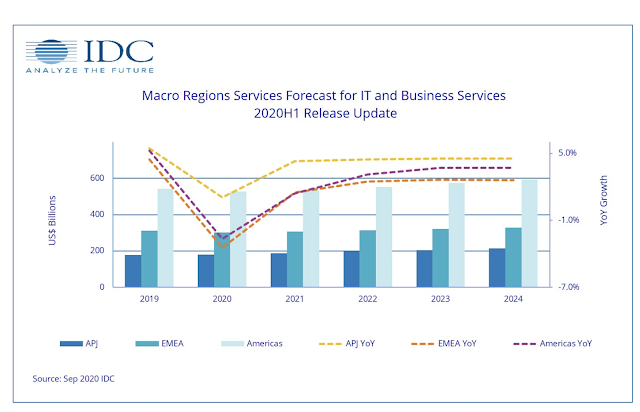Nokia and Google Cloud entered into a five-year strategic collaboration under which Nokia will migrate its on-premise IT infrastructure onto Google Cloud. Specifically, Nokia will migrate its data centers and servers around the world, as well as various software applications, onto Google Cloud infrastructure. Nokia will also use a suite of Google Cloud products and professional services. Nokia plans to exit its IT data centers on a rapid schedule. In addition, Nokia’s infrastructure and applications will run in the public cloud or in a Software-as-a-Service model going forward.
Nokia said the deal reflects its operational shift to a cloud-first IT strategy.Rob Enslin, President at Google Cloud, said: “We are excited to help Nokia revamp its IT infrastructure with our backbone network and our approach to data security, using advanced software-defined networking. We look forward to providing the full menu of our capabilities to help Nokia deliver on its cloud-first strategy and reach its performance requirements.”
Ravi Parmasad, VP Global IT Infrastructure at Nokia, said: “Nokia is on a digital transformation path that is about fundamentally changing how we operate and do business. This is crucial for how our employees collaborate so that we continue to raise the bar on meeting the needs of our customers.



















